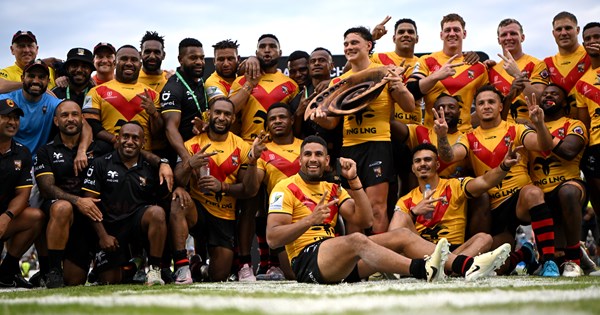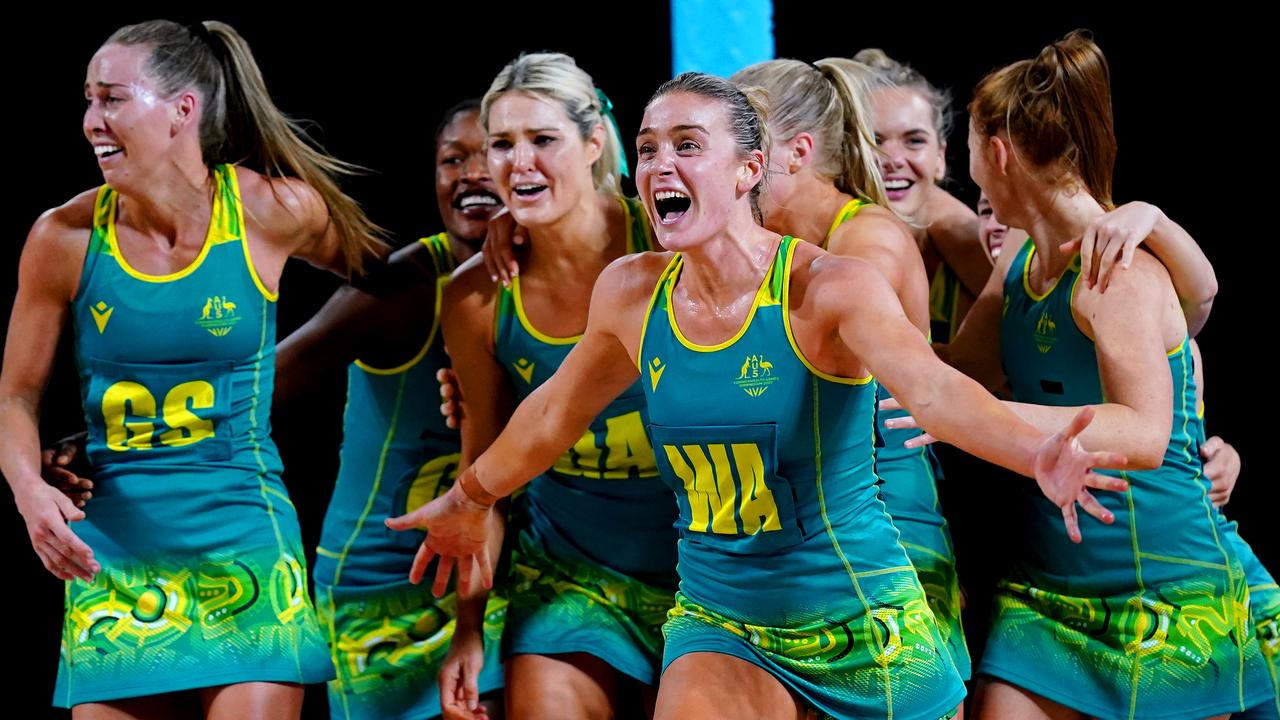Overhauling New Zealand Rugby: A Call to Address Governance Challenges

Just days out from the All Blacks’ blockbuster World Cup opener against host nation France, New Zealand Rugby’s ears are still ringing from the seismic blast of a damning independent review into its constitution and governance structure.
The review went public last Thursday – and the fallout has the brass at NZR ducking for cover. Led by chair David Pilkington, Anne Urlwin, Whaimutu Dewes and erudite former All Blacks captain Graham Mourie, the review recommended a major shake-up at board level.
“Unfit for purpose” is the echoing soundbite that has dominated headlines, referring to the NZR’s tattered business model and backroom dysfunction. The circumspect corporate lingo contained within barely disguised the fundamental areas the review declares the game is falling down.
The NPC was effectively labelled an unsustainable money pit, Super Rugby’s struggles were laid bare and a failure to capitalise on a recent peak in women’s rugby was criticised. NZR also copped a brickbat for its lack of diversity in the game’s leadership.
Rugby union’s perpetually unchallenged status as New Zealand’s number one sport and central place in Kiwi identity has bred complacency – and the impact of resting on its laurels has finally come home to roost for the code.
Active in various multi-division guises since 1976, the NPC engenders a romanticism among rugby supporters along parochial provincial lines. The Ranfurly Shield (a 119-year-old prize whereby the holder must put it up to challengers at every home game) can still intermittently spark fervour.
But that is not translating to fans turning up at grounds in New Zealand’s biggest cities and regional centres to watch NPC matches. The review outlined the staggering cost of staging the competition: an average of NZD$200,000 per game (not including the total for player payments of $17 million) – for a competition that attracts measly total of around 200,000 spectators, many of whom are there with complimentary tickets, across 75 fixtures.
A professional rugby juggernaut when it launched in 1996, Super Rugby’s cachet is at an all-time low. Hampered by a constantly changing format, the exit of the South African contingent of teams and the Australian franchises’ lack of competitiveness, interest has steadily nosedived. The saturation of New Zealand derbies during Super Rugby Aotearoa in the COVID-ravaged 2020-21 seasons has diminished the appeal of the current competition’s marquee matches.
Like the NPC, Super Rugby has long suffered due to the all-consuming preference afforded to the All Blacks and the international game. ‘Super clubs are in effect NZRU’s outsourced high-performance department’ reads a heading in the governance review’s summary of the bleak state of Super Rugby.
The 2022 women’s Rugby World Cup – hosted and won by New Zealand – was a rousing success. But the review warned the opportunities that tournament created are at risk of being wasted. It questioned whether everyone was onboard with developing the women’s game, and claimed ‘old thinking’ was being applied to women’s competitions (women’s Super Rugby and the Farah Palmer Cup, essentially the women’s NPC, are confronting similar challenges as their men’s equivalents).
The review also highlighted that while 48.2 percent of rugby volunteers are female, just 9.3 percent of coaches and 5.7 percent of referees are female. Perhaps most disturbingly, the review revealed opposition in the halls of power to gender equity in governance, with some rugby types believing it to be ‘political correctness’.
Women in Rugby Aotearoa board chair Traci Houpapa told Stuff.co.nz the review outlines “very clearly that women have been subjected to chauvinism, misogyny and racism”.
Lack of cultural diversity in governance, particularly given the importance of Māori and Pasifika to rugby, was another area that sorely needs to be addressed according to the findings.
‘All sports are facing considerable challenge in a changing world, Rugby is no different,’ Pilkington said in his introductory message. That’s undoubtedly true – and a review of similar depth and scope would likely find some shortcomings in the way any comparable code is run.
But at the top level, several rival sports are enjoying halcyon days in the same ‘changing world’ amid rugby’s malaise. Despite their long-held reputation as chronic NRL underachievers, the Warriors have always maintained a passionate core of fans – and the club’s rise in 2023 has attracted a tidal wave of support, bordering on mania, union could only dream of.
A string of sell-outs at their Mt Smart Stadium home (as well as filling up regional rugby bastions like Napier’s McLean Park and Hamilton’s FMG Stadium) has obviously been underpinned by the Warriors’ watershed on-field performances. There’s also the advantage of being one averaged-sized fish in the pond that is the time-tested NRL premiership, which is massively popular with New Zealand sports fans even disregarding the performances of their only homegrown team. But the club is capitalising on the purple patch with an engaging, electrifying game-day experience and innovative digital media coverage, both of which leave their union counterparts for dead.
Likewise, the New Zealand Breakers shattered attendance and membership records on their way to the grand final of the most recent Australian NBL season, and the NZNBL has enjoyed a remarkable renaissance – with fan engagement a key component in both cases.
The recent FIFA Women’s World Cup, co-hosted by Australia and New Zealand, captured the hearts and minds of the Kiwi sporting public, attracting sell-out crowds in Auckland, Hamilton, Dunedin and Hamilton, and inspiring a new generation of current and potential participants.
Meanwhile, the review explicitly outlines an admiration for the way the Australian Football League is run. The gloomy air of ambivalence around rugby union in comparison is impossible to deny. It will always retain a rusted-on, diehard supporter base and kids will continue to grow up dreaming of becoming All Blacks and Black Ferns regardless. But how NZR goes about freshening up its stale product in coming years – without the immediacy of a World Cup driving public interest – will determine whether rugby preserves its overwhelming dominance of the New Zealand sporting landscape.
Whether NZR has the gumption to heed the review’s stark findings – to make brave decisions, cast aside dead wood and eradicate self-interest – is another question altogether. All of this comes on back the highly controversial and clumsily handled private equity deal with Silver Lake, and the Ian Foster-Scott Robertson All Blacks coaching fiasco. Meanwhile, NZR chair Mark Robinson’s recent head-in-the-sand denials of rugby’s issues, particularly its disconnect with the fanbase, are startlingly regressive, as if spooked by apparitions of Ron Don, Ces Blazey et al, into avoiding change and modernisation.
But the problem isn’t just at the top. A two-thirds majority of famously self-absorbed provincial unions, where some boardrooms make NZR headquarters looks vibrant, diverse and broadminded in comparison, need to vote for implementing the changes outlined in the review – changes that will essentially diminish their own power.
The situation is so dire, though, that some of rugby’s most respected commentators contend the game’s future in New Zealand hinges on what happens next.
‘If rugby doesn’t change its governance structure and recognise it has new stakeholders and needs new people with different skill-sets to run it, it will die,’ wrote renowned rugby writer Gregor Paul for NZ Herald, summarising up the implicit – but pointed – message the landmark internal review went to great (134-page) lengths to stress.
The New Zealand Provincial Rugby Chairs released a joint statement after the review went public:
“We are here to serve our rugby communities and the thousands of participants across the country who will demand that we put the game first. Any decisions that ultimately need to be made will be done so through that lens,” the statement said.
“This is a hugely important, deeply researched piece of work and, with that in mind, we are going to carefully consider the findings as a collective. Until then, we feel it wouldn’t be appropriate to comment further.”
In a similar vein, NZR chair Dame Patsy Reddy’s message that accompanied the governance review read: “The (NZR) Board will now take time to digest it fully. We are committed to considering all recommendations. We will consult with our member unions and stakeholders on their views and next steps to deliver the best possible governance framework for rugby in Aotearoa New Zealand.”
Whether either statement represents a genuine commitment to change and progress, rather than merely lip service to temporarily alleviate a PR disaster, will dictate if the review will be remembered as the blueprint for a rugby revolution – or just another ignored warning.
Article written by Will Evans

It's free to join the team!
Join the most engaged community in the Sports Business World.
Get all the latest news, insights, data, education and event updates.






